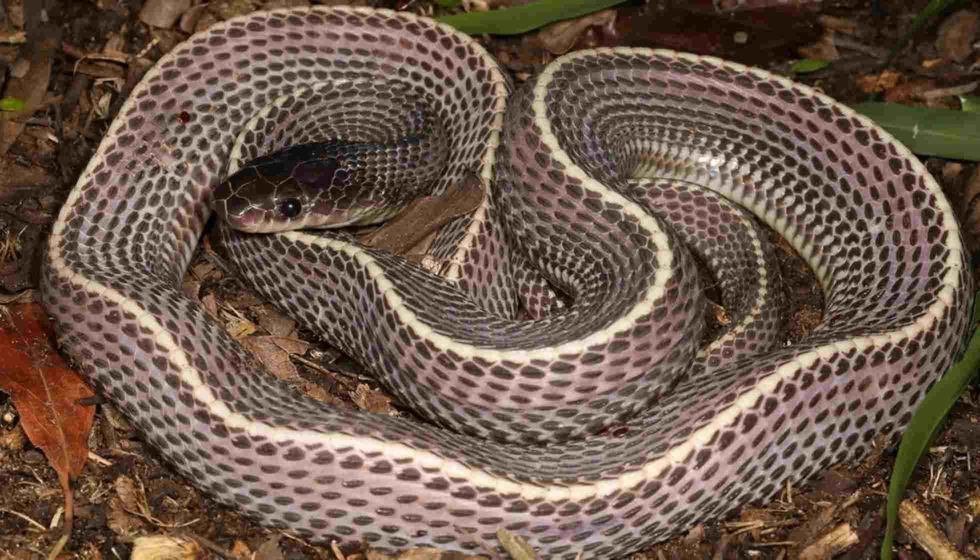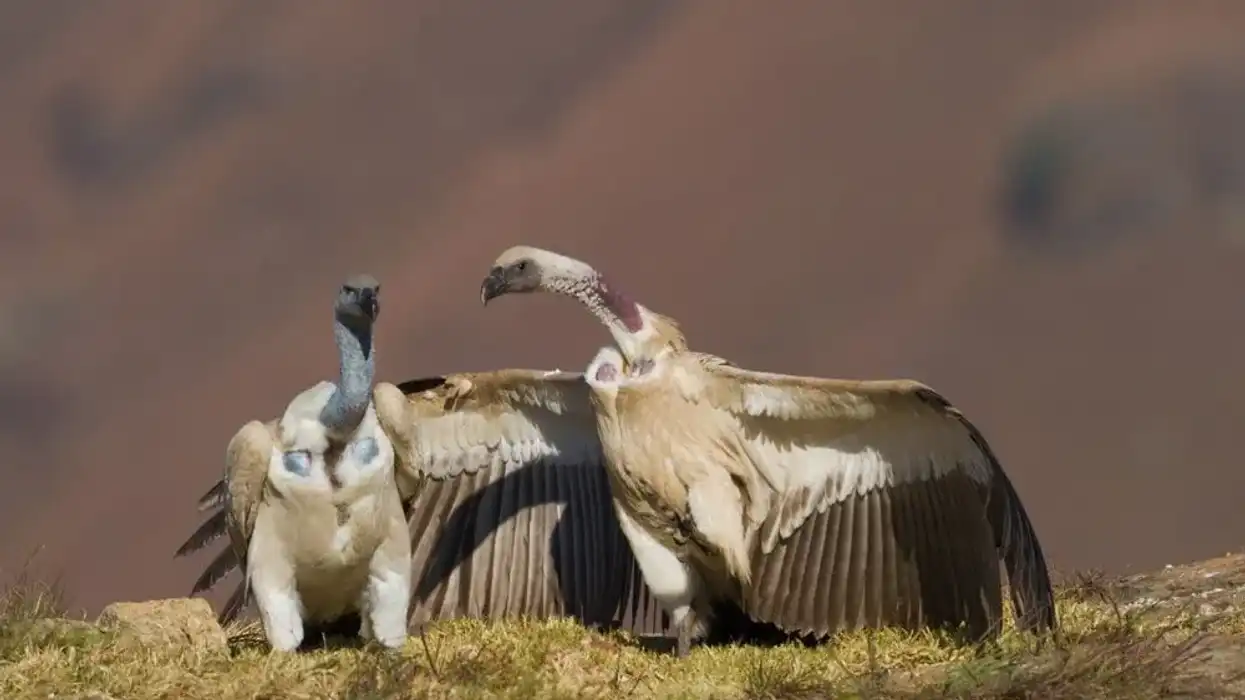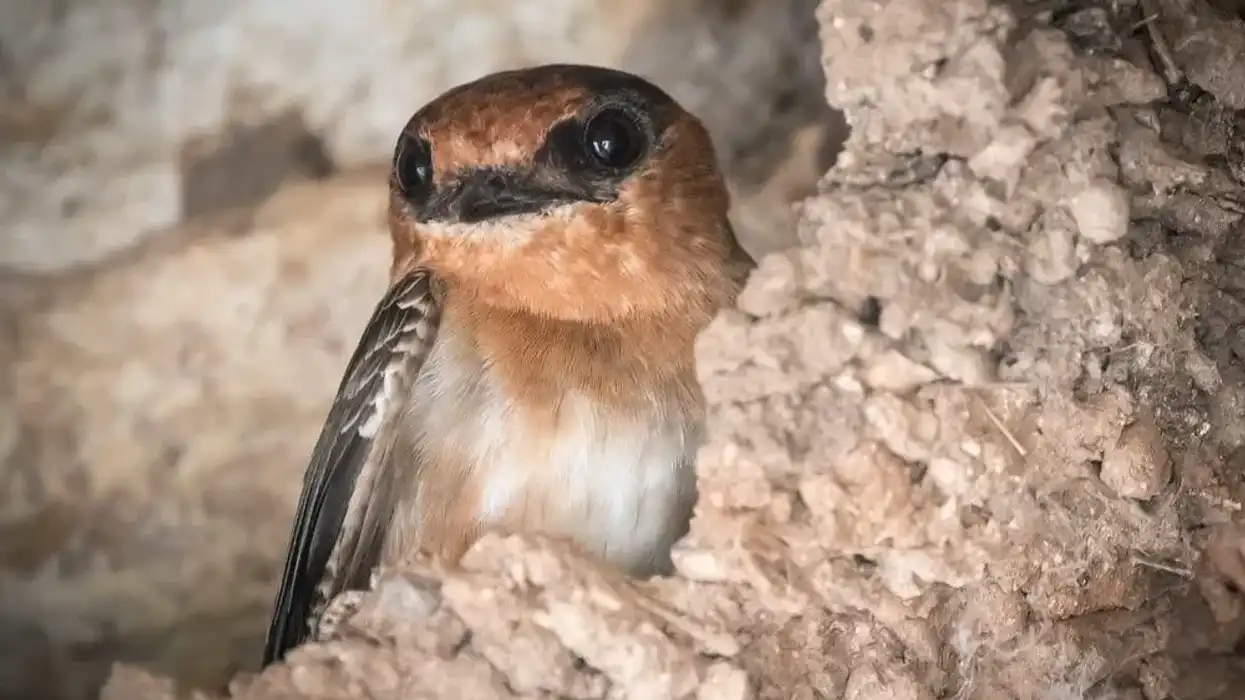Native to the grounds of Africa, the cape file snake (Limaformosa capensis) is one of the most popular pets among reptiles. The species belongs to the non-venomous snake family.
Few other names are Mehelya capensis, Simocephalus capensis, and Gonionotophis capensis. Even though this snake is competent enough to hunt down cobras or other highly venomous snakes, they are docile and submissive when caught. They do not even bite, but they might defecate out of anxiety and fear.
They prefer to be left alone and often seek refuge in several hiding places like hollow branches or evacuated termite mounds. The hiding places are suitably located around rocky-type localities where there is not too much disturbance.
The records maintained by Peter Uetz offer great insights into the geographical distribution and appearance of the cape file snake. This snake's name originates from the Latin language where the word lima means file while Formosa implies beautifully formed. The name of the species is essentially feminine.
To learn more engaging facts about other species of snakes read through these thrilling facts about the puff adder facts and rat snake facts.
Cape File Snake Interesting Facts
What type of animal is a Cape File Snake?
A cape file snake (Limaformosa capensis) is a species of non-venomous snake of the Lamprophiidae family.
What class of animal does a Cape File Snake belong to?
The cape file snake has been categorized under the class Reptilia, genus Limaformosa.
How many Cape File Snakes are there in the world?
The accurate number of adults in current existence cannot be mentioned owing to the lack of adequate records. However, the cape file snake is not considered a threatened species of snakes which suggests that these snakes are widely available within their geographical range.
Where does a Cape File Snake live?
The cape file snake is native to South Africa. They can also be located in places like Zimbabwe, Tanzania, Transvaal, the Central African Republic, Namibia, the Caprivi Strip, the Republic of South Africa, Ethiopia, Somalia, and Cameroon.
What is a Cape File Snake's habitat?
The habitat of the cape file snake is limited to coastal forests and savannahs. They prefer woodlands and densely forested areas.
Who do Cape File Snakes live with?
Snakes are normally known to be solitary dwellers as they prefer to stay on their own. They do not prefer disturbances or too much interference and the same can be said for the cape file snakes as they tend to avoid places with lots of activities and like to stay in calm and closed areas.
How long does a Cape File Snake live?
The life span of the cape file snakes is generally recorded as around 15-20 years.
How do they reproduce?
The reproduction in the cape file snakes is oviparous. The female lays eggs during the summer. The clutch size normally ranges from 5-13 eggs.
What is their conservation status?
According to the International Union for Conservation of Nature (IUCN) Red List, the cape file snake is not at all vulnerable; hence it is not listed. They are prevalent in abundance, due to which the preservation of these snakes is not a major concern.
Cape File Snake Fun Facts
What do Cape File snakes look like?

*Please note that this is an image of a Common Slug-Eater Snake, not a cape file snake specifically. If you have an image of a cape file snake, then please let us know at hello@kidadl.com.
The cape file snake is a medium to large-sized reptile that possesses a subtriangular body with keeled scales adorning the entire body. The dorsal scales around the middle section of the body are wide apart and divided into 15 rows. They possess a beautiful grey-brown to purple-brown color.
How cute are they?
Cuteness is highly subjective. While some people dread the sight of snakes, animal lovers and collectors of exotic snakes find them extremely appealing and beautiful. However, the cape file snake is extremely lustrous in its appearance.
How do they communicate?
The cape file snake does not have unique modes of communication. Like all other snakes, they communicate with the help of hissing sounds and pheromones generated by both genders.
How big is a Cape File Snake?
Cape file snakes are moderate to large and they grow up to a length of about 47-65 in (120-165 cm). They are undoubtedly greater in length when compared with the pine woods snakes but smaller than black mambas.
How fast can a Cape File Snake move?
The speed limit of the cape file snake is unknown.
How much does a Cape File Snake weigh?
The accurate weight of the cape file snakes has not been recorded. However, they are not lightweight owing to their large body size.
What are the male and female names of the species?
Males and females do not have specific names and are regarded as male and female cape file snakes respectively.
What would you call a baby Cape File Snake?
Baby snakes are generally referred to as neonates or snakelets.
What do they eat?
Although these snakes are not poisonous, they feed on both venomous and non-venomous snakes, including puff adders and cobras. Apart from snakes, they also hunt down lizards and frogs.
Are they poisonous?
Although the species is known to prey on all kinds of venomous snakes, they are completely non-toxic and quite contrary to their appearance, timid.
Would they make a good pet?
Ideally, snakes must not be reared as pets although many enthusiasts of the species venture out to catch and keep them as pets. However, since the snake is known to be of a shy and meek nature, they are available in the pet trade and might prove to be decent pets.
Did you know...
Mehelya capensis, also known by the name of African ground snake, received their name (file snake) because of their coarse skin type.
Cape File Snake Care
The cape file snake is often taken back home as a pet by some admirers. In this case, it must be remembered that these snakes require the perfect setting that resembles their natural habitat in the wild for their survival.
These snakes are available in menagerie pet shops and according to the prescriptions, they must be offered a diet of rodents.
These snakes need to be maintained within the temperature range of 76-78 degrees Fahrenheit with a humidity of more than 60 percent. Their original habitat has to be recreated so that they can adjust well within the constructed space.
Cape File Snake vs. Black Mamba Snake
Though both snakes are native to the African continent, each comes with a distinct set of attributes. While the cape file snake is not at all poisonous, the black mamba is the fastest and most venomous species of snake in the entire world.
Here at Kidadl, we have carefully created lots of interesting family-friendly animal facts for everyone to discover! Learn more about some other reptiles including these Burmese python facts, and cobra facts.
You can even occupy yourself at home by drawing one on our cape file snake coloring pages.










